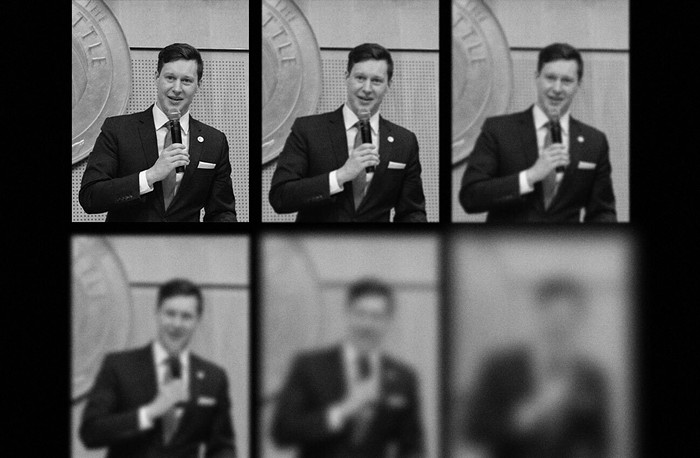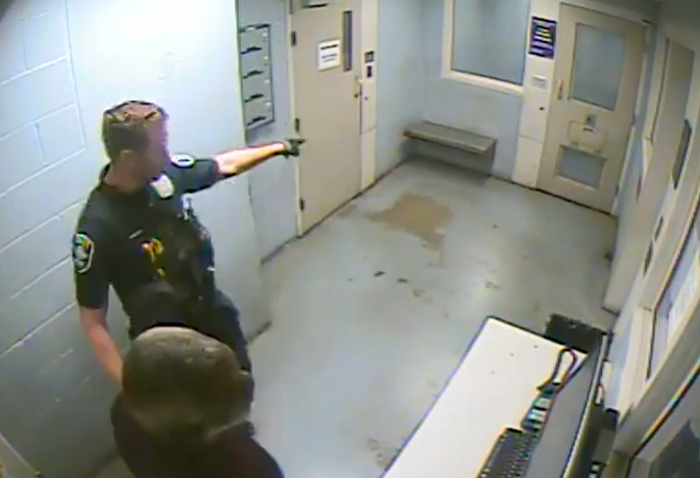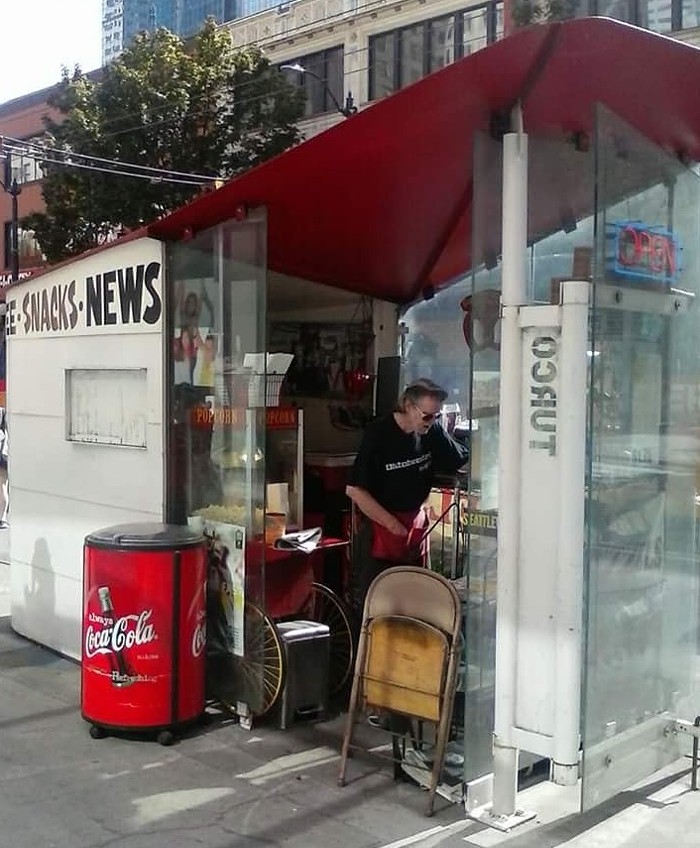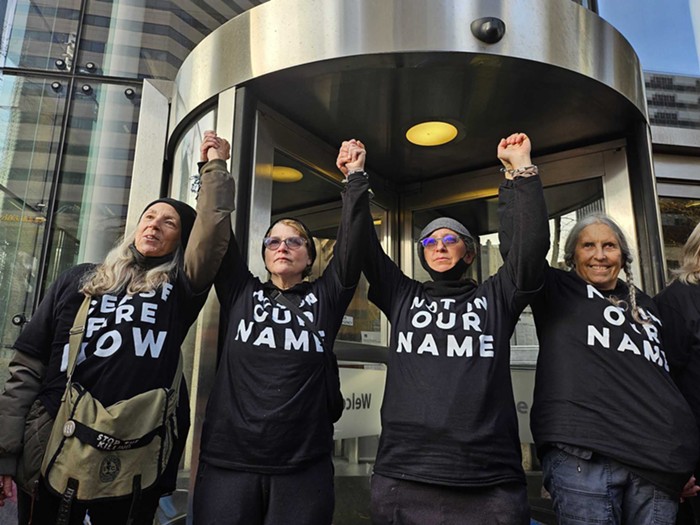"What's good for General Motors"—or, in Seattle's case, what's good for Paul Allen—is good for the rest of the city. This line of thinking is Team Nickels's response to critics who say the mayor's plans to invest hundreds of thousands of dollars into South Lake Union come at the expense of other neighborhoods. Creating a booming biotech hub in South Lake Union, Nickels says, will funnel money right back into the city's general fund, thanks to increased property-tax revenues and an influx of spendy high-wage workers.
The problem with Nickels's rejoinder is that a brand-new neighborhood in South Lake Union will actually increase the city's overall bill for providing services. So Nickels's investment could just be a wash.
Or worse: Critics are likely correct. Nickels is servicing Paul Allen's neighborhood at the expense of the rest of the city. Exhibit A: Nickels's plan includes a $50 million streetcar for South Lake Union. To help pay for the streetcar, Nickels wants to effectively transfer money away from citywide bus service and dedicate funds to the South Lake Union trolley.
When it comes to buses, dollars are measured in bus service hours. Nickels's streetcar scheme would lock in at least 12 percent of the bus hours that Metro plans to add to Seattle's total service hours (that's 9,300 hours) to the South Lake Union streetcar, rather than committing those new hours to bus service citywide. The 9,300 hours translates into about $911,000.
Some city council members aren't ready to spend that kind of money on Allen's behalf.
"One of my main principles is that city resources should be distributed fairly across the city, so that no neighborhood receives special treatment," City Council Member Nick Licata wrote in his recent constituent newsletter, assailing Nickels's plan—which had passed the council's transportation committee two days earlier over Licata's dissenting vote ["Trolley Pass," Erica C. Barnett, June 16].
Licata had, in fact, offered an amendment to the mayor's proposal that would have required a study of citywide transportation needs before allocating limited Metro hours to the streetcar. The amendment lost 4–3 in committee. However, Licata—encouraged by burgeoning neighborhood support in West Seattle, the Central Area, and North Seattle—has decided to keep the amendment alive by introducing it in full council on Monday. "I'm ratcheting up the pressure," he says. Licata calls council support for Nickels's and Allen's trolley a "classic insider game" being dictated by "a handful of South Lake Union property owners who show up in our offices."
Licata hopes his amendment will force the issue of how the city distributes its limited transportation funds into the open. Licata predicts that when you stack up average Metro ridership numbers against the predicted streetcar ridership numbers, the choice to prioritize bus service will be obvious.
"The reason Nickels is scared of this amendment is because he doesn't even believe his own press releases [touting the streetcar ridership numbers]," Licata laughs. ■


















